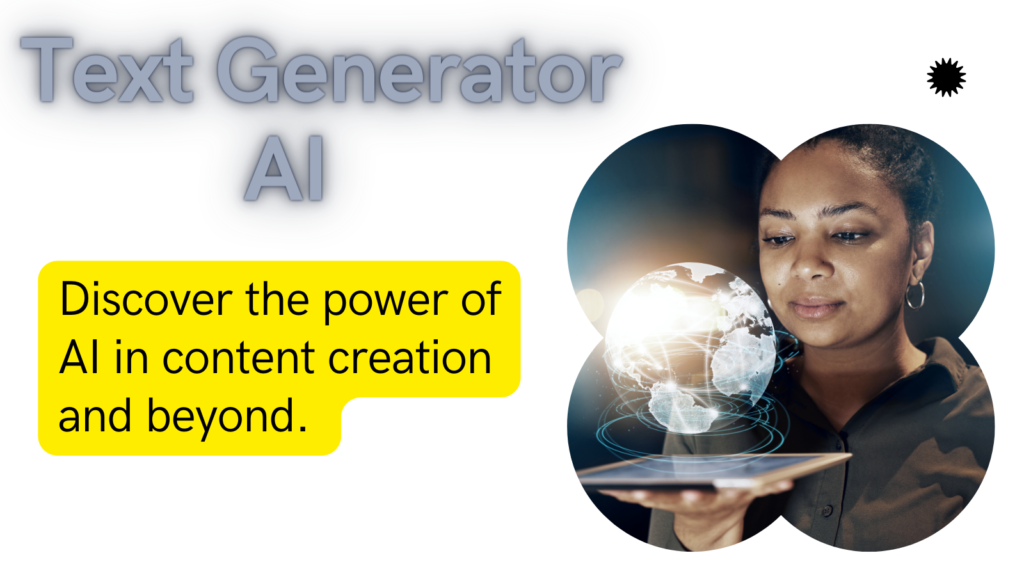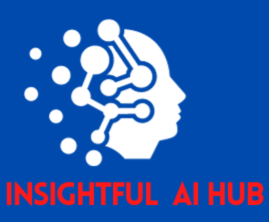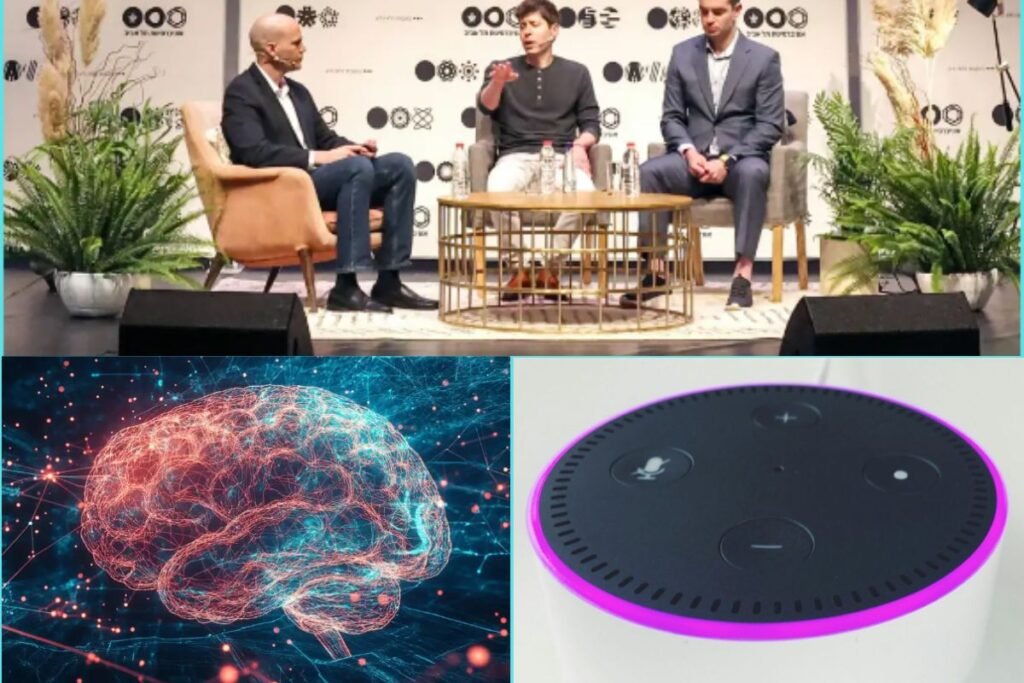Text generator AI is an innovative technology that harnesses artificial intelligence to automate text generation. It excels in producing coherent, compelling, and original content based on user instructions, be it a topic, keyword, or prompt. The applications of text generator AI are diverse, spanning content creation, natural language processing, and more.
What is Text Generator AI?
Text generator AI falls under generative AI, a branch of artificial intelligence dedicated to creating new data, including text, images, videos, or audio. It leverages large language models (LLMs) trained on extensive text data to predict the next word in a sentence. For instance, given “peanut butter and ___,” it’s more likely to predict “jelly” than “shoelace.” Text generator AI not only creates new text but can also modify, summarize, paraphrase, or rewrite existing content.

How Does Text Generator AI Work?
Text generator AI operates using a neural network, a machine learning model emulating the human brain’s structure and function. This network consists of layers of interconnected nodes (neurons) that process and transmit information. The algorithm adjusts neuron weights and biases through backpropagation, minimizing the error between predicted and actual output.
How Has Text Generator AI Evolved Over Time?
Text generator AI has evolved significantly over time, thanks to the advances in machine learning, natural language processing, and computational power. Some of the milestones in the history of text generator AI are:
- 1950: Alan Turing proposes the Turing test, which is a method of evaluating the intelligence of a machine by comparing its ability to generate natural language with that of a human.
- 1966: Joseph Weizenbaum develops ELIZA, one of the first chatbots that can simulate a conversation with a human by using pattern matching and substitution.
- 1983: Racter, which stands for raconteur, is a program that can generate random sentences and stories, some of which are published in a book called The Policeman’s Beard is Half Constructed.
- 1996: IBM’s Deep Blue defeats world chess champion Garry Kasparov, demonstrating the power of deep learning and neural networks.
- 2015: Google releases TensorFlow, an open-source framework for building and deploying machine learning models, including text generator AI.
- 2018: OpenAI releases GPT, Generative Pre-trained Transformer, a large language model that can generate coherent and diverse text based on a prompt.
- 2019: Google releases BERT, Bidirectional Encoder Representations from Transformers, a large language model that can understand the context and meaning of natural language from both left and right directions.
- 2020: OpenAI releases GPT-3, the third and most advanced version of GPT, which can generate high-quality text across various domains and tasks, such as writing, summarizing, translating, answering questions, and more.
- 2021: Google releases Switch Transformer, a scalable and efficient variant of the transformer, which can handle up to 1.6 trillion parameters, making it the largest language model to date.
What are the Applications of Text Generator AI?

Text generator AI has a wide range of applications in various industries and domains, such as:
- Content creation: Text generator AI can be used to create engaging and informative content for various purposes, such as blog posts, articles, product descriptions, social media captions, and more. Text generator AI can help content creators save time and effort, generate original and plagiarism-free content, and optimize the content for SEO, incorporating the focus keyword naturally throughout the article.
- Natural language processing: Text generator AI can be used to perform various natural language processing tasks, such as summarizing, paraphrasing, rewriting, translating, sentiment analysis, text classification, and more. Text generator AI can help natural language processing practitioners improve the quality and efficiency of their work, as well as explore new possibilities and challenges in the field.
- Education: Text generator AI can be used to enhance the learning experience and outcomes for students and educators, such as generating study materials, quizzes, feedback, and more. Text generator AI can also help students and educators learn new languages, skills, and topics, as well as foster creativity and critical thinking.
- Entertainment: Text generator AI can be used to create entertaining and immersive content for various forms of media, such as books, movies, games, music, and more. Text generator AI can help entertainment creators generate novel and diverse content, as well as collaborate and interact with other creators and audiences.
- Business: Text generator AI can be used to improve business performance and productivity for various sectors and functions, such as marketing, sales, customer service, human resources, and more. Text generator AI can help business professionals generate effective and personalized communication, such as emails, letters, reports, presentations, and more, as well as analyze and optimize the data and insights from the communication.
What are the Benefits of Text Generator AI?
Text generator AI has many benefits, such as:
- Efficiency: Text generator AI can generate text faster and more accurately than human writers, saving time and resources.
- Creativity: Text generator AI can generate text that is original and diverse, stimulating new ideas and perspectives.
- Flexibility: Text generator AI can generate text that is adaptable and customizable, meeting different needs and preferences.
- Scalability: Text generator AI can generate text that is scalable and consistent, handling large volumes and varieties of text.
- Accessibility: Text generator AI can generate text that is accessible and inclusive, reaching wider and diverse audiences.
What are the Impacts of Text Generator AI?
Text generator AI has many impacts, both positive and negative, such as:
Positive Impacts:
- Text generator AI can enhance the quality and quantity of text content, improving the information and knowledge available to the public.
- Text generator AI can empower the creativity and productivity of text content creators, enabling them to express themselves and achieve their goals.
- Text generator AI can enrich the learning and entertainment experience of text content consumers, engaging them and inspiring them.
Negative Impacts:
- Text generator AI can pose ethical and social risks, such as generating misleading or harmful text, violating privacy or intellectual property rights, or manipulating or deceiving the public.
- Text generator AI can create technical and operational challenges, such as ensuring the reliability and security of the text generation process, as well as the quality and accuracy of the text output.
- Text generator AI can have economic and environmental consequences, such as disrupting the labor market and the industry structure, or consuming large amounts of energy and resources.
What are the Future Developments and Challenges of Text Generator AI?
Text generator AI is a rapidly evolving and expanding technology, which has many potential future developments and challenges, such as:
Future Developments:
- Text generator AI can become more intelligent and human-like, achieving higher levels of natural language understanding and generation, as well as incorporating emotions, personality, and style into the text output.
- Text generator AI can become more interactive and collaborative, allowing the user to control and influence the text generation process, as well as integrating with other modalities, such as voice, image, video, or audio.
- Text generator AI can become more accessible and affordable, enabling more people and organizations to use and benefit from the technology, as well as fostering innovation and diversity in the field.
Challenges:
- Text generator AI needs to address ethical and social issues, such as ensuring the fairness, accountability, and transparency of the text generation process, as well as the safety, privacy, and consent of the text content creators and consumers.
- Text generator AI needs to overcome technical and operational difficulties, such as improving the robustness and scalability of the text generation process, as well as the evaluation and verification of the text output.
- Text generator AI needs to balance the economic and environmental impacts, such as creating new opportunities and value for the text content industry, as well as reducing the energy and resource consumption of the text generation process.
Conclusion
Text generator AI is a powerful tool that can automate and enhance the process of generating text. It can be used for various purposes, such as content creation, natural language processing, and more. It can also offer various benefits, such as efficiency, creativity, flexibility, scalability, and accessibility. However, text generator AI also has various impacts, both positive and negative, such as ethical, social, technical, operational, economic, and environmental. Therefore, text-generator AI needs to be used responsibly and ethically, with an awareness and understanding of its potential and limitations.
Text generator AI is a fascinating and evolving technology, which has many future developments and challenges. It can become more intelligent, interactive, and accessible, as well as more ethical, robust, and sustainable. Text generator AI can also open up new possibilities and opportunities for text content creators and consumers, as well as for society and the world.
If you are interested in learning more about text generator AI, you can check out some of the resources below:
- Challenges While Using Generative AI
- How to Use Text Generator AI for Content Creation
- The Best Text Generator AI Tools in 2024
We hope you enjoyed this article and found it informative and valuable. If you have any questions, comments, or feedback, please feel free to share them with us. Thank you for reading! 😊

![10 incredible ai tools transforming digital creativity![2024]](https://insightfulaihub.in/wp-content/uploads/2024/04/10-incredible-ai-tools-feature-image-150x150.png)




